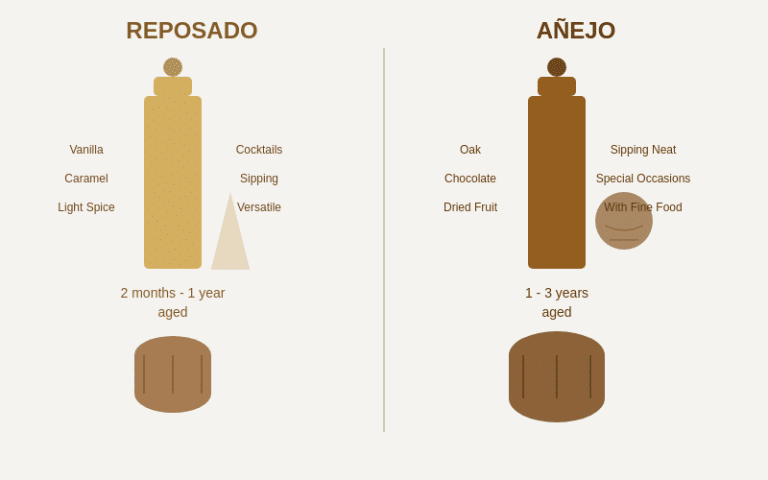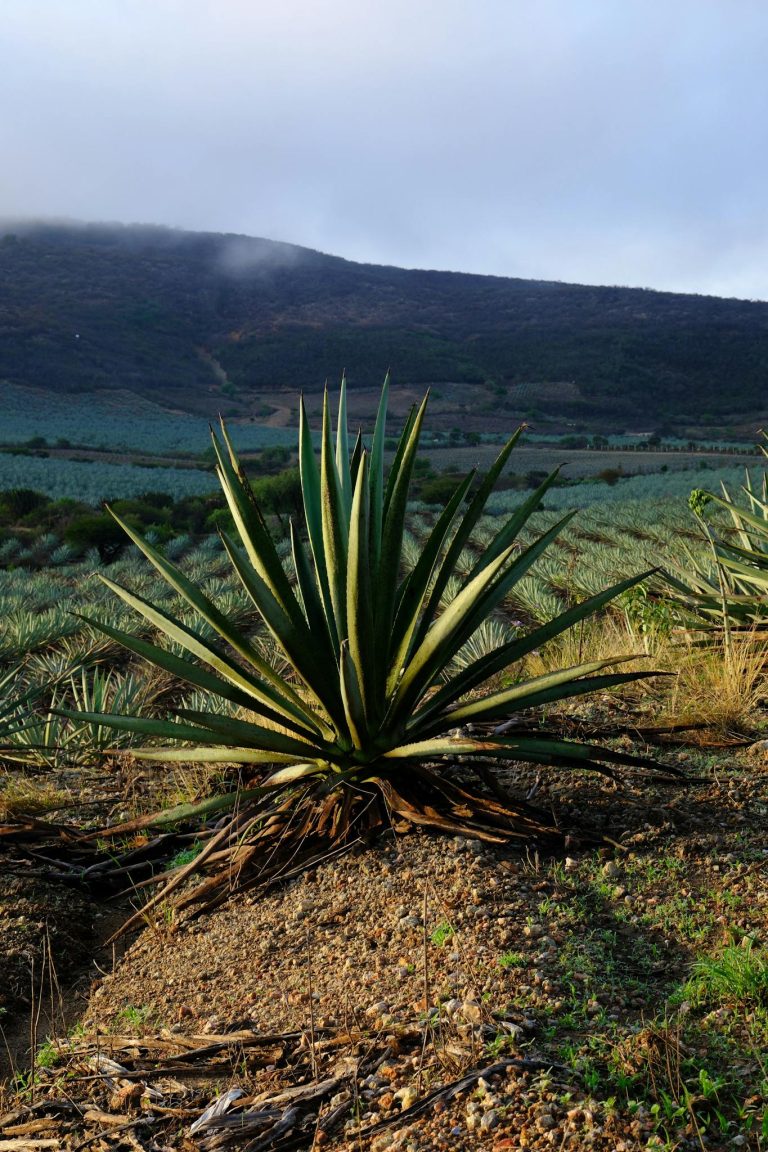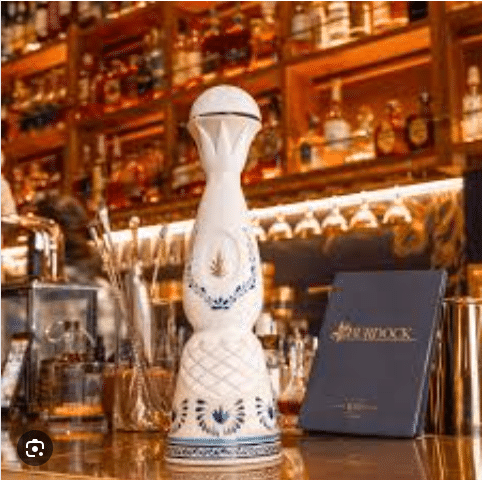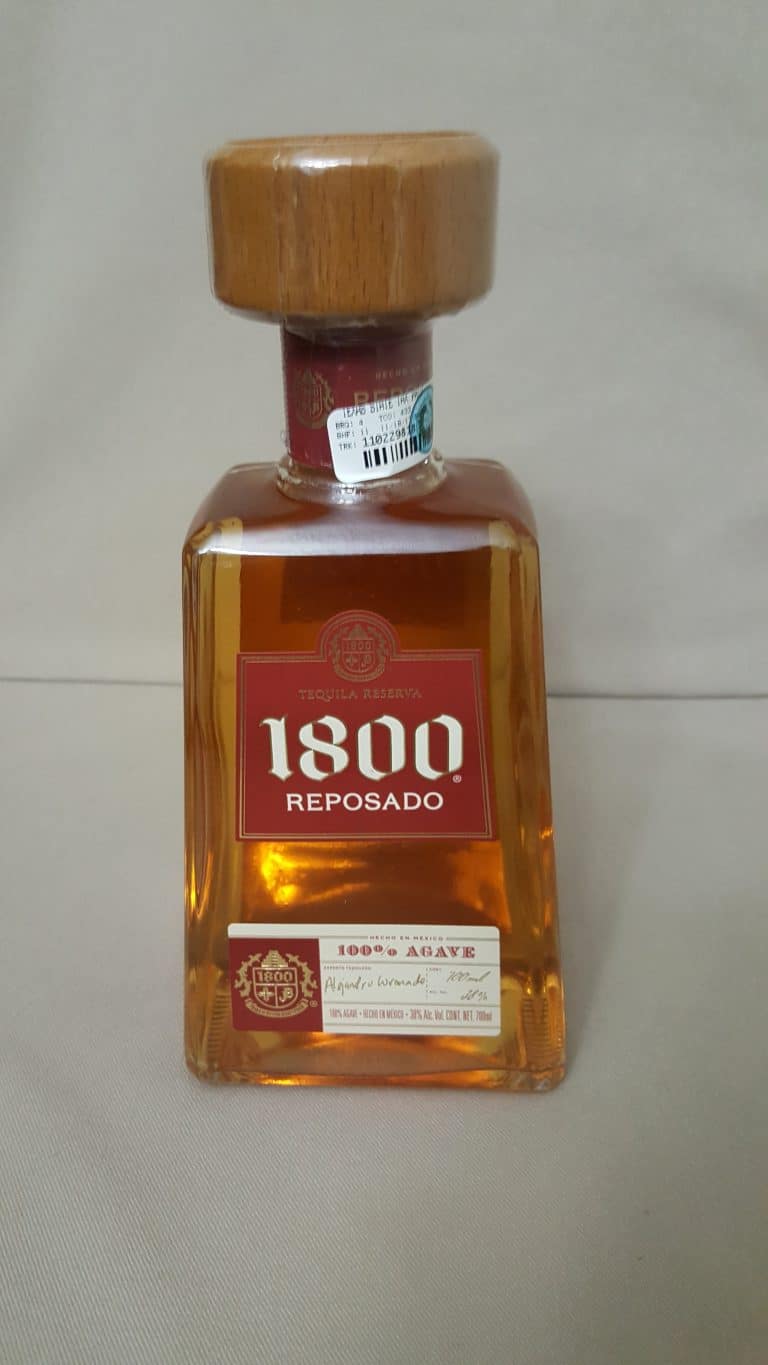How to Read Tequila Labels: A Complete Guide
Did you know that as much 70% of “premium” tequilas sold in the US contain additives? Understanding how…
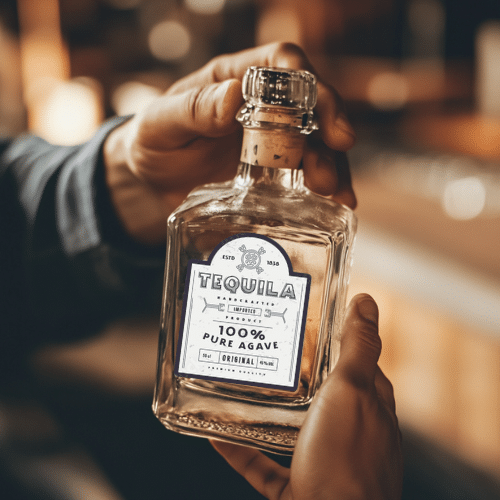
Did you know that as much 70% of “premium” tequilas sold in the US contain additives? Understanding how to read tequila labels is the key to finding authentic, high-quality spirits! As tequila continues to surge in popularity, knowing what’s in your bottle has never been more important. From decoding NOM numbers to understanding aging classifications, this guide will transform you from a casual sipper to a tequila connoisseur. I’ve spent years studying tequila production and can tell you that what’s written on the label (and sometimes what’s conveniently left off) tells the real story of what’s in your glass.
Tequila Label Requirements
- Classification – “Type of Tequila”
- Purity – 100% agave or Mixto
- NOM-The four-digit NOM (Norma Oficial Mexicana) number on the bottle tells you where the tequila was made.
- Distiller – Name and Address of disitiller.
- CRT – Indicator of CRT certification.
- Hecho en Mexico – 100% agave tequilas can only be made in Mexico.
- DOT– Denomination of origin number. Not on all labels.
- Brand Name – Brand of the specific tequila.
- Alcohol Content – Typically between 35-40%
- Additives – Any additives must be included on the label.
- Volume – The volume of the content usually in milliliters (ML).
- Lot or Batch – Some bottle may be engraved or stamped with the lot or batch number. (Not Required)
- Warning Statements – Health warning statements required by the government.
- Tequila – Tequila bottles must be labeled as such. (Must be 100% agave)

Understanding Tequila Classifications and Types
Blanco (or Silver) tequila is unaged or aged less than two months. It’s got that bright, peppery kick that makes you know you’re drinking tequila – perfect for margaritas.
Reposado means “rested” in Spanish. These are aged in oak barrels for 2-12 months. The wood mellows out the sharpness and adds hints of vanilla and caramel. My personal sweet spot for sipping!
Añejo tequilas are aged 1-3 years and develop incredible complexity. They’re smoother, darker, and pick up more wood characteristics – think butterscotch, chocolate, and spices.
Extra Añejo is aged over three years and can get pretty pricey. My brother-in-law bought me a bottle for my birthday, and it was like drinking liquid gold – smooth, rich, with almost no burn.
Cristalino tequilas are aged tequilas that undergo charcoal filtering to remove the color while keeping the smooth aged flavors. You get the complexity of an aged tequila with the crystal-clear appearance of a blanco.
Joven or Gold tequila usually means mixtos with caramel coloring added to fake the aged look. For years, I thought gold meant better quality. Wrong!
All these classifications directly impact flavor profile and quality. The longer the aging, generally the smoother and more complex the flavor, and yes, the higher the price tag.
Decoding the NOM Number: The Key to Tequila Authenticity
I never knew what those numbers on tequila bottles were, until a bartender friend schooled me on NOM numbers. What I learned was really interesting.
NOM
So what exactly is a NOM? It stands for Norma Oficial Mexicana, which is basically the Mexican government’s regulatory seal of approval. Every legit bottle of tequila has a four-digit NOM number somewhere on the label – usually in tiny print on the back or bottom. This little number is like a secret code that tells you which distillery actually made your tequila.
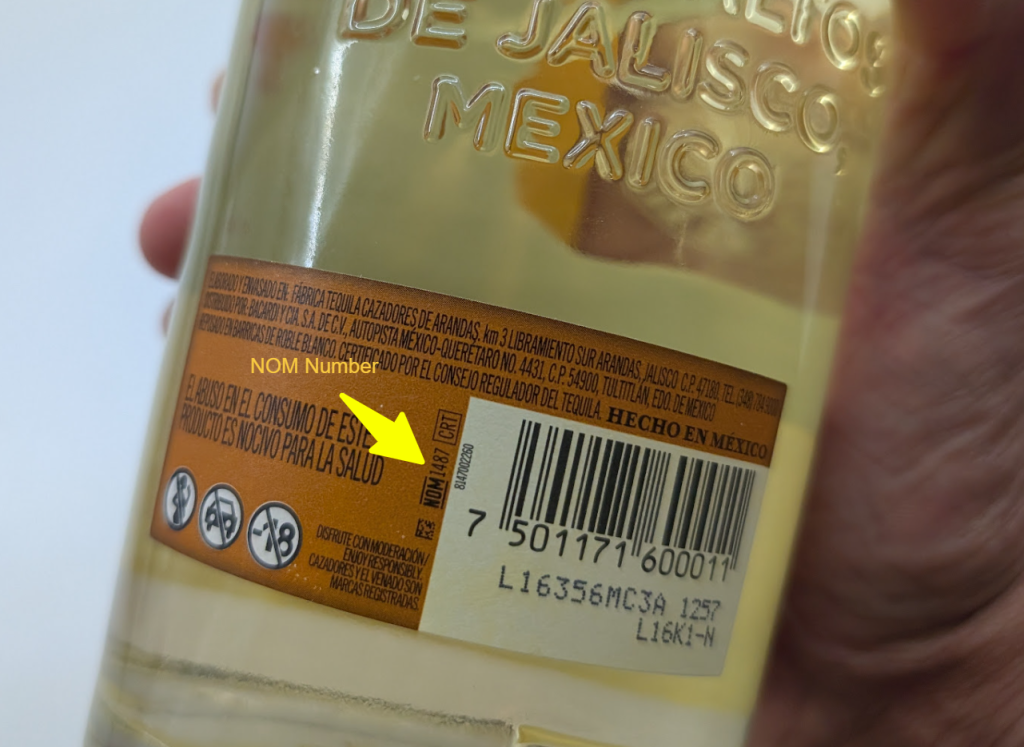
It is interesting to find out that several of my “different” premium tequilas all shared the same NOM! That’s because many distilleries produce multiple brands under the same roof. Some mega-distilleries pump out dozens of different brands, everything from cheap mixtos to the most well-known brands.
Generally speaking, distilleries with fewer brands under their NOM tend to be more artisanal and hands-on with their production. The ones with 20+ brands? Usually mass-production operations. Neither is automatically better, but they’re definitely different approaches to making tequila.
CRT – Consejo Regulador de Tequila
Another tip I’ve learned is to look for the CRT seal alongside the NOM. The Consejo Regulador del Tequila is the regulatory council that ensures the tequila meets all the official standards. If it doesn’t have both a NOM and CRT certification, it ain’t real tequila, folks.
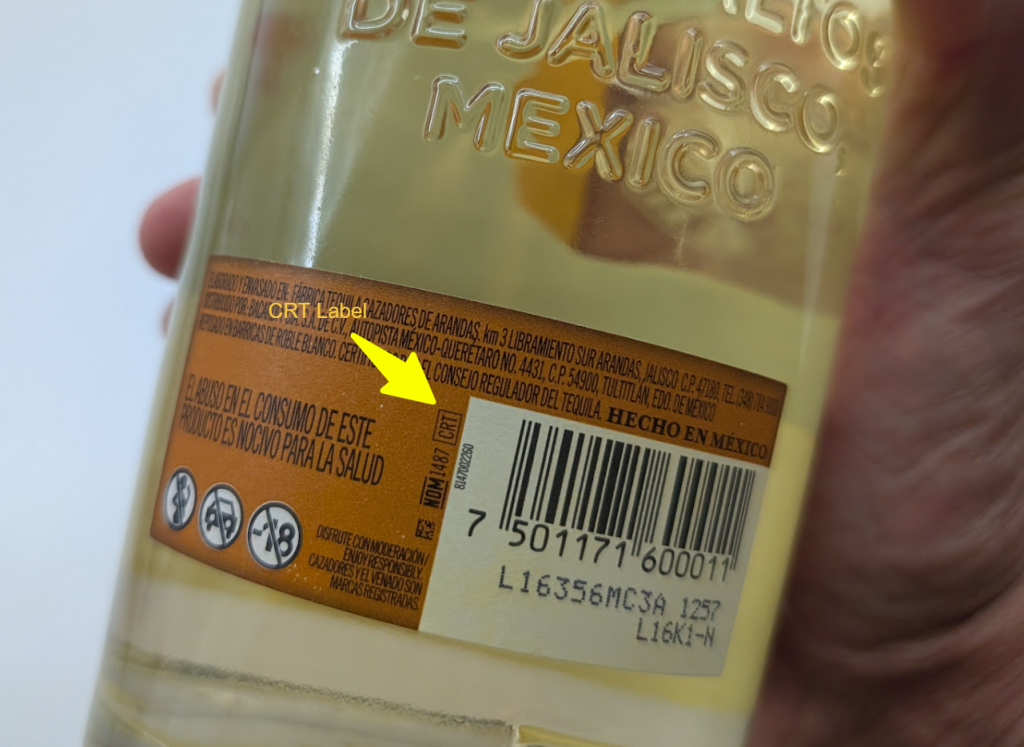
Remember, the NOM doesn’t tell you if the tequila is good or bad; it just tells you where it was born. But knowing this little secret helps you become a more informed buyer and sometimes saves you from paying premium prices for essentially the same product in different packaging.
Understanding Aging Statements, Barrel Information & Additives
Don’t get fooled by fancy labels. There is no legal definition beyond the standard classifications.
Tequila Aging
Blanco tequila doesn’t require aging at all or might rest up to 2 months in stainless steel. Reposado must be aged at least 2 months but less than a year. Añejo needs to hang out in barrels for 1-3 years. Extra Añejo must be aged for a minimum of 3 years. Anything less, and they legally can’t use these classifications.
Single Barrel vs Blended
Single barrel vs blended tequila is another characteristic to note. Single barrel means exactly what it sounds like – tequila from just one barrel, bottled unblended. These tend to have more distinct character but less consistency between batches. Most tequilas are blended from multiple barrels to create a consistent flavor profile. The label will usually say “single barrel” if that’s what you’re getting, otherwise assume it’s blended.
The batch and bottle numbering systems still confuse me sometimes. Small-batch tequilas often include batch numbers (like “Batch 17”) that help identify when they were produced. Some premium bottles include specific bottle numbers (like “Bottle 342 of 500”) to indicate limited production.
I personally think tequilas that come from small batches are the best tasting, but I am not sure if this is just a preconceived notion.
Additives in Tequila
Authentic tequila is made from the fermented and distilled juice of the blue agave plant, but not all tequilas are created equally. There are two primary categories: 100% agave tequila and mixto tequila.
- 100% Agave Tequila: This type is pure, with no additives required, though some brands may legally add small amounts (under 1%) of substances like caramel coloring, oak extract, glycerin, or sugar-based syrup to adjust flavor or appearance.
- Mixto Tequila: Contains at least 51% agave sugars, with the remaining portion coming from other sugars such as cane or corn syrup. Mixto tequilas often have more additives, including artificial coloring and sweeteners.
Understanding Tequila Labels: DOT, Hecho en México, and Alcohol Content
When purchasing a bottle of tequila, the label provides crucial information about its authenticity, origin, and strength. Three key indicators to look for are the Denominación de Origen (DOT), “Hecho en México”, and alcohol content.
Denominación de Origen (DOT)
The Denominación de Origen Tequila (DOT) is a legal certification that ensures tequila can only be produced in specific regions of Mexico—primarily the state of Jalisco and select municipalities in Guanajuato, Michoacán, Nayarit, and Tamaulipas. This designation protects the integrity and authenticity of tequila, similar to how Champagne must come from the Champagne region of France. If a bottle does not have the DOT, it is not legally recognized as tequila.
Hecho en México (Made in Mexico)
The phrase “Hecho en México” (Made in Mexico) is another key label indicator. True tequila must be distilled and bottled in Mexico to meet regulatory standards. Some brands may export bulk tequila for bottling elsewhere, but to ensure quality and authenticity, it’s best to choose tequilas that are bottled at origin and clearly state “Hecho en México” on the label.
Alcohol Content in Tequila
Tequila must have a minimum alcohol content of 35% ABV (alcohol by volume), but the most common level is 40% ABV, particularly for exports to the U.S. and other international markets. Some bottles may have a slightly higher ABV, particularly in specialty or artisanal brands.
What to Look for In A Tequila Bottle Label
- Types of Tequila – Blanco (Silver) – Unaged, pure agave flavor. Reposado – Aged 2-12 months in oak barrels. Añejo – Aged 1-3 years, richer and smoother. Extra Añejo – Aged over 3 years, deep complexity.
- NOM (Norma Oficial Mexicana) – You can look up the NOM number to verity where and by whom the tequila was produced.
- CRT (Consejo Regulador del Tequila) – This label ensures the tequila meets official standards.
- Purity – For the best quality, choose 100% agave tequila, as it provides a pure, unaltered taste. Check for labels that explicitly state “100% Agave” to avoid mixto tequilas. If you prefer a tequila without additives, look for brands that adhere to minimal processing and transparency. Tequilas labeled Blanco or Plata are often the purest, while some aged varieties (Reposado, Añejo) may have subtle additives.
- Ensure it has the DOT to confirm authenticity.
- Look for “Hecho en México” to guarantee proper production and bottling.
- Check the alcohol content (40% ABV is standard for premium tequila).
Conclusion
Learning how to read tequila labels is your passport to discovering authentic, high-quality spirits that match your taste preferences! By understanding NOM numbers, aging classifications, production methods, and certification symbols, you’re now equipped to see through marketing gimmicks and find tequilas that represent true craftsmanship. Next time you’re browsing the spirits aisle, put your new knowledge to work—your palate will thank you! Remember, the best tequila isn’t always the most expensive or the most heavily marketed—it’s the one produced with integrity, which you can now identify right from the label.
Learn More About Tequila
- How to Taste Tequila Like An Expert
- What is Añejo Tequila?
- What is the Tequila Flavor Wheel? Complete Guide
- How to Choose the Best Tequila: Complete Guide
- Tequila Vs. Mezcal: Key Differences

